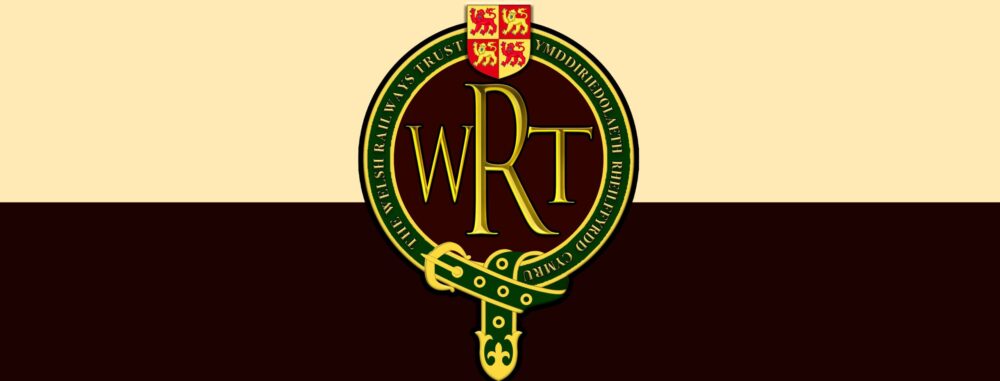The Welsh Railways Trust was formed in 2021 as a result of a merger between the Caerphilly Railway Preservation Society and the Gwili Vintage Carriage Group. The new charity aims to builds on the heritage and achievements of its predecessor and tell the stories of Welsh Railways through its steam locomotives, carriage, wagons and other rolling stock.
Trustees
- Mattew Issac Bowen
- James William Hemmis Buckley
- David Crudge
- Dewi Thomas Jones
- Iain Duncan McCall (Fundraising)
- Revd. Dr Ian David Morris (Secretary)
- Robert Phillips (Treasurer)
- Anthony Smith (Chairman)
- Caerphilly Railway Society
History of the Caerphilly Railway Society
The Caerphilly Railway Society can trace its formation back to the South Wales Switchgear company, when railway enthusiast employees of the firm formed a Society and had the good fortune that ex-Taff Vale Railway locomotive number 28 was placed in their care for restoration. The society also built a platform and erected a signal box recovered from Rhiwderin station.
In 1968, the Great Western Society (South Wales Group) were looking for a site on which to restore an ex-GWR loco number 5322, SWS Ltd gave their permission to place the loco at its site in Caerphilly, where the Rhymney Railway’s works had once been, and it was moved from Barry in 1969. By 1971, the loco was back in working order and a number of steam days were held. In 1973, 5322 was moved to Didcot, so the South Wales Group formed themselves into the Caerphilly Railway Society.
The Society approached the National Museum of Wales with a view to finishing the restoration of the Taff Vale loco. Permission was granted and over time further loco where placed in the care of the society.
Over the following years, the Society obtained other rolling stock and additional locos, fenced off the site and extended the platform. By May 1976, the Society had restored to working order two industrial locos belonging to the Museum and these, together with a restored GWR brake van were used to provide brake van rides each year.
July 1981 saw the first arrivals of Society owned locomotives. Haulwen, a 0-6-0 Austerity was delivered from Mountain Ash colliery by low-loader (the rail connection had by now been severed after the Society refused BR the £1000 per annum needed to keep it).
May 1983 saw Taff Vale engine number 28 returned to steam and this engine was to do sterling service over the following years. 1984 saw the arrival of ex-BR class 03 diesel from Coed Ely coking works. This was donated to the Society by National Smokeless Fuels. The good condition of this loco meant it was soon put back into service.
In 1991 TVR 28t was taken to Cathays Depot, Cardiff for display during the Taff Vale 150 celebrations there. Unfortunately, after this event, lack of funds prevented the Society returning the loco back to steam and it was placed in store at Caerphilly.
In May 1996, The Society was broken into several times. As a result, an EGM was held it was decided to move to the Gwili Railway.
History of the Gwili Vintage Carriage Group
The Gwili Vintage Carriage Group by comparison has a shorter history, having come in to formal existence in 2009, with the aim of safeguarding the privately owned Victorian carriages on the Gwili Railway.
In 2010 The GVCG became the owner of TVR 220 after it transferred from the Brynteg School Railway Preservation Group. Pupils from the school had been responsible for its initial restoration in 1988.
Then in 2013 after 12 months of negotiations the GVCG became the official custodian of Taff Vale Railway No.28, the last surviving Welsh built steam locomotive, which had been in the care of the Caerphilly Railway Society. In 2019, the owners of the locomotive, the National Railway Museum in York made an overhaul agreement with the GVCG to return TVR 28 to steam as part of the Welsh Train Project.
